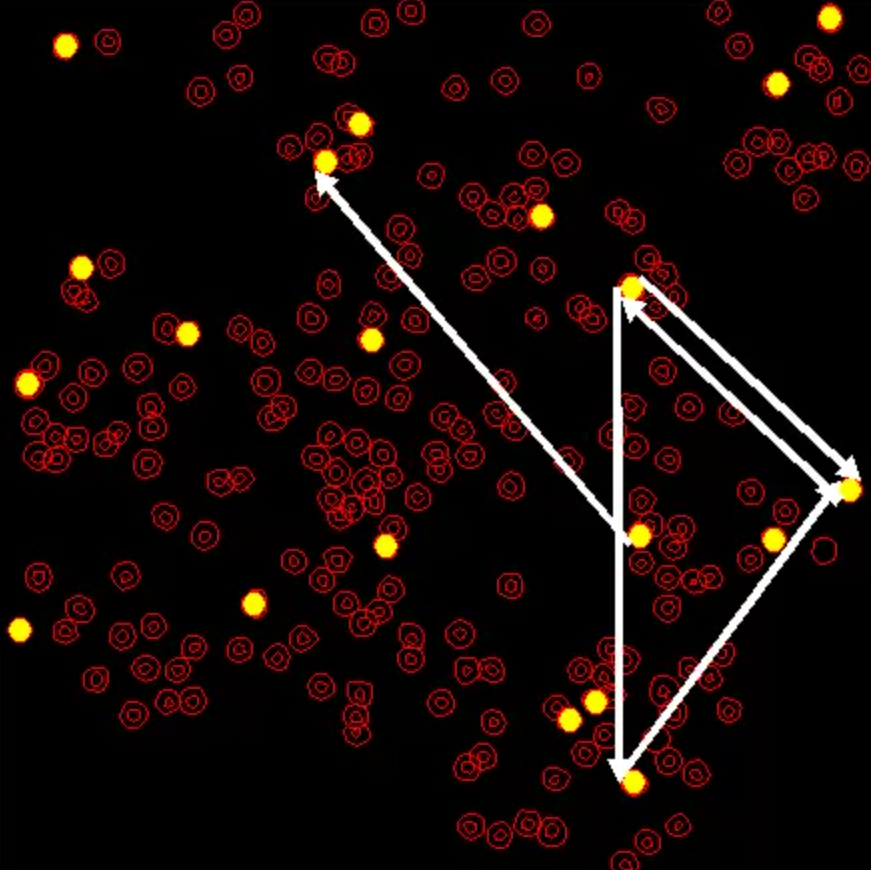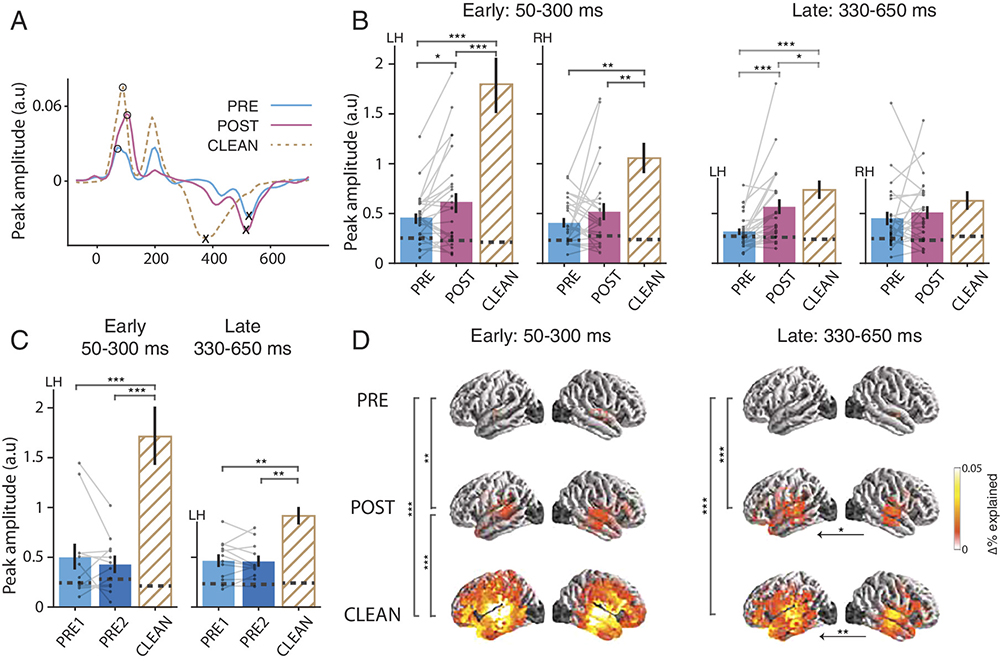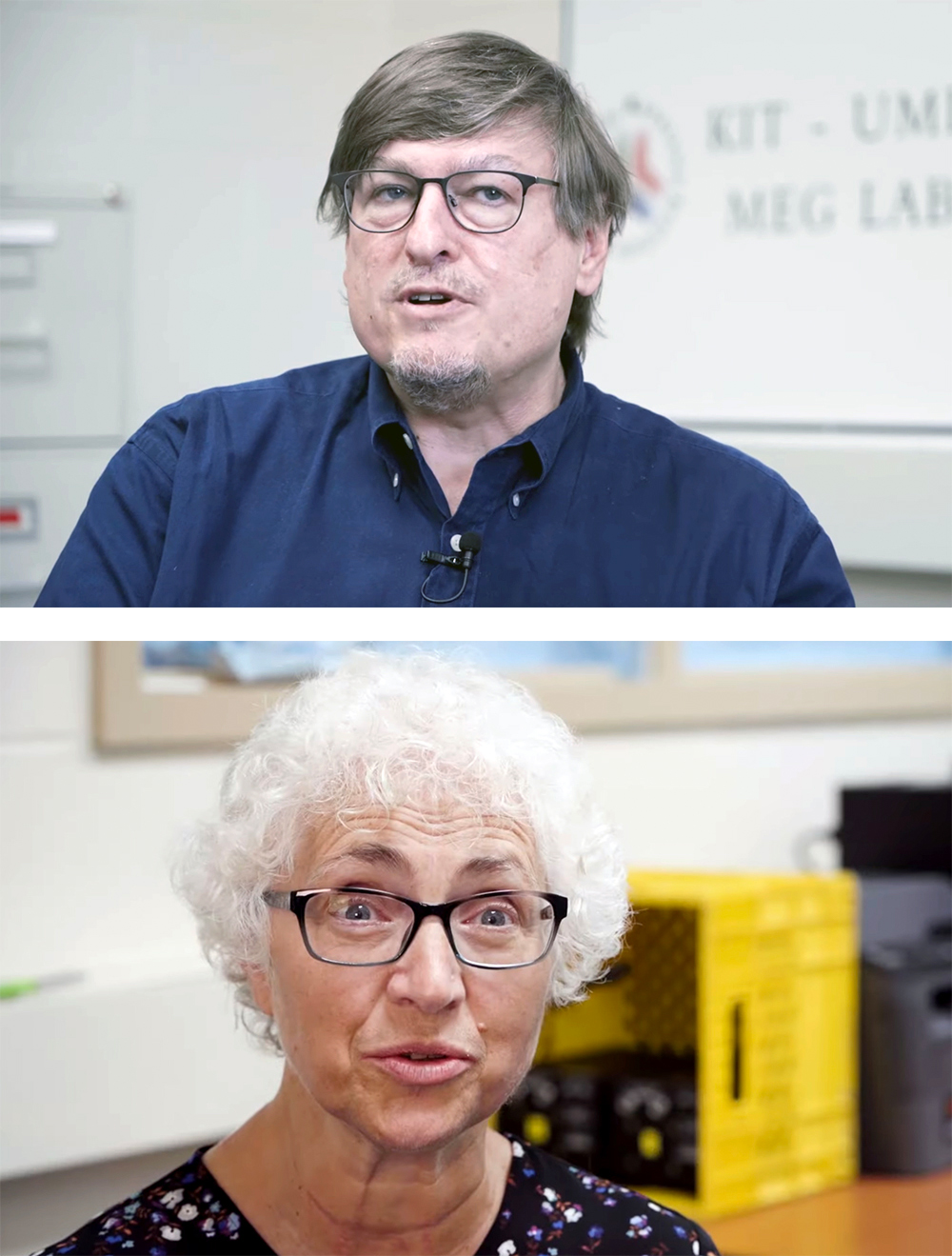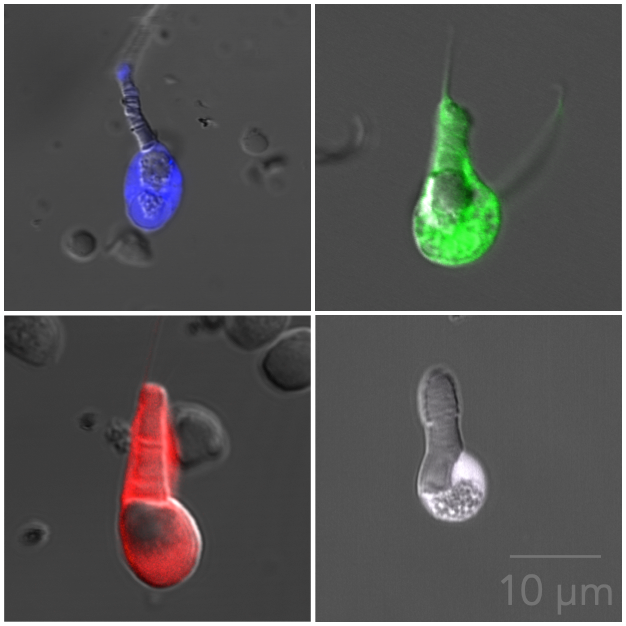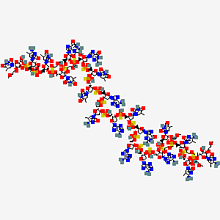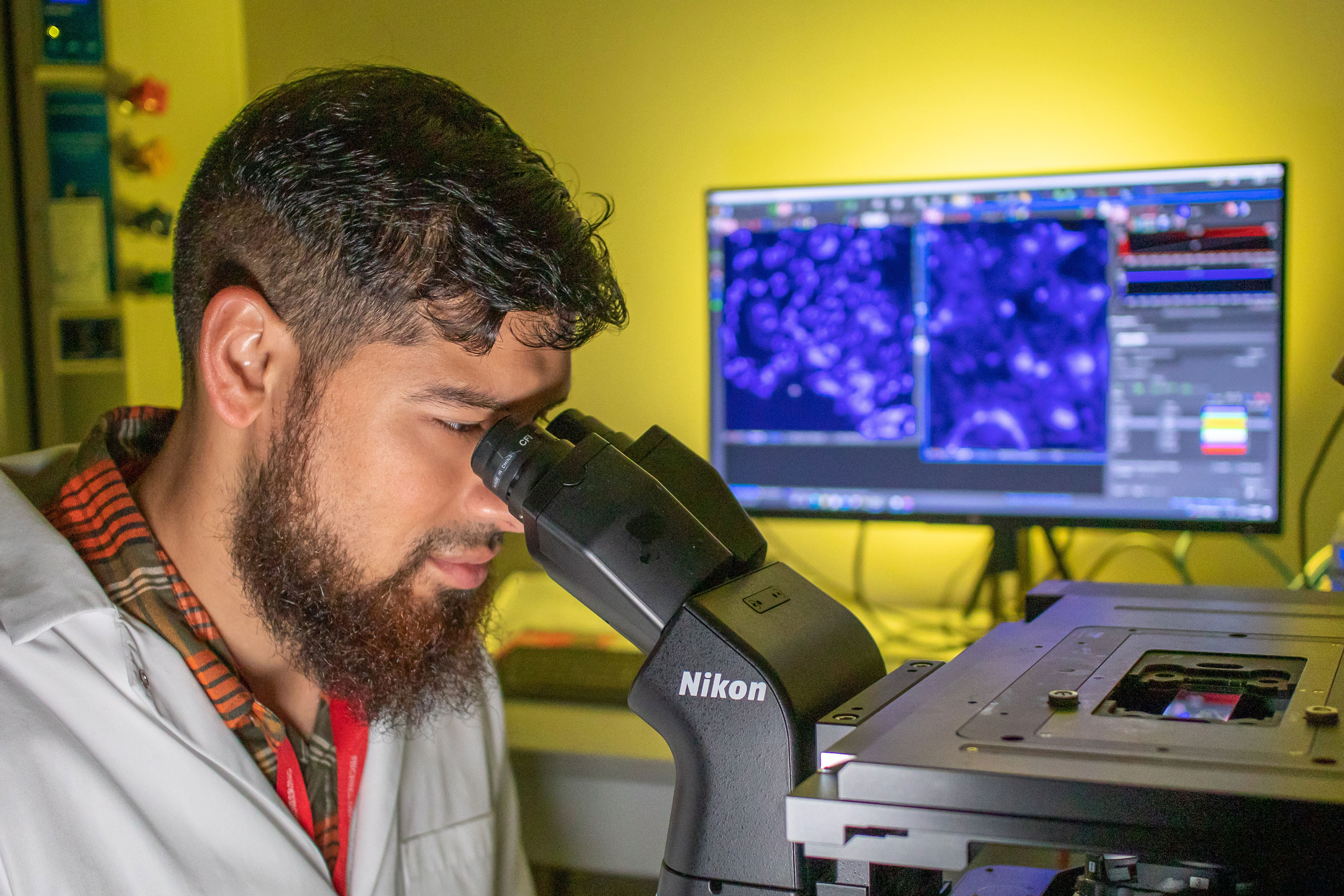News Story
Shamma receives NIH grant to study spectro-temporal plasticity in the brain's neuronal networks
Professor Shihab Shamma (ECE/ISR) is the principal investigator for a new grant from the National Institutes of Health's National Institute on Deafness and Other Communication Disorders. The one-year, $320K grant is titled, "Spectro-Temporal Plasticity in Primary Auditory Cortex."
Auditory experience can reshape cortical maps and transform receptive field properties of neurons in the auditory cortex. The exact form of this plasticity depends on the behavioral context, and the spectrotemporal features of the salient acoustic stimuli. Neuroscientists believe that auditory cortical cells may undergo rapid, context-dependent changes of their receptive field properties when different auditory behavioral tasks are undertaken. This kind of plasticity would likely involve a selective functional reshaping of the underlying cortical circuitry to sculpt the most effective receptive field for accomplishing the current auditory task.
Shamma and his research team will explore the underlying mechanisms that give rise to this extraordinary functional plasticity. They will extend studies of task-related plasticity in the auditory cortex to a variety of new tasks involving speech stimuli, new behavioral paradigms (contrasting discrimination versus recognition). They will explore plasticity in higher-order auditory cortical fields, and investigate the possible role of top-down signals from frontal cortex in modulating adaptive plasticity in the auditory cortex.
The researchers will test the hypothesis that frontal cortical neurons encode task rules, expectancies, goals and the task-related meaning of acoustic stimuli. They will also test the idea that top-down influences from frontal areas contribute to the induction of rapid adaptive plasticity in the auditory cortex during auditory tasks, reflecting both the nature of the stimuli and goals of the tasks. Preliminary studies from simultaneous neuronal recordings of single units and local field potentials in the auditory and frontal cortex have already led to exciting new insights, and may lead to progress in understanding the interactions within an extended neuronal network that give rise to adaptive plasticity.
Published July 1, 2014


